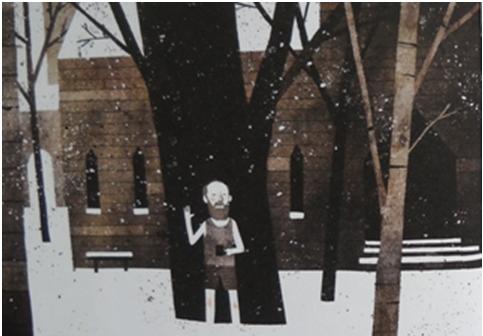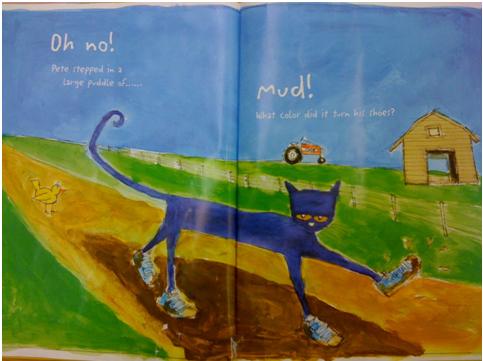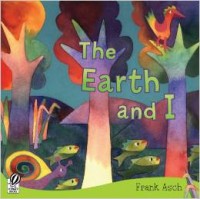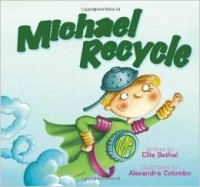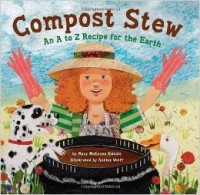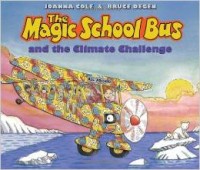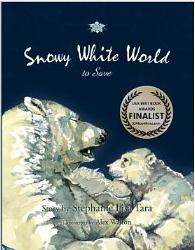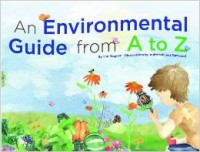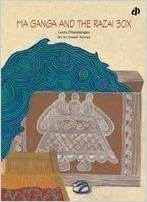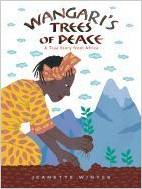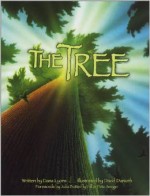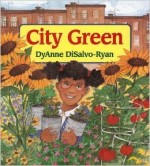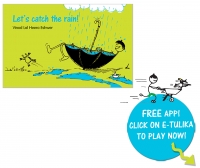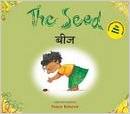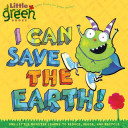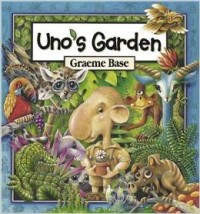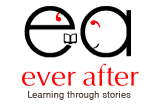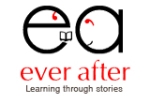As Deeptha Vivekanand, Founder, Ever After, prepares to deliver a workshop on ‘Storytelling to Teach Academic Subjects‘ on February 6th at the Chennai Storytelling Festival 2015, here’s a look at what makes stories and storytelling so relevant and important in a classroom. This post also seeks to challenge the notion that storytelling is only for the very young. Stories in all forms–oral histories, books, films, art–are powerful tools to enrich the teaching of a subject. Read on to find out how:
There’s something really enduring about a story. Maybe it’s the fact that the words and images that go into it are chosen with such care. Maybe it’s the fact that it has progression, from one event to another, from one idea to another. Maybe it’s the way stories and characters emotionally engage us. We go from one place to another with these characters, watching them, listening to them, investing in them, remembering them. This is the strength of a story. What you get from it stays with you, tucked away in a complex web of associations and emotional reactions and experiences.
Stories can have a great positive impact on education methods and can increase the level of student involvement in a subject. While acknowledging that syllabus-prescribed texts nowadays are probably more colourful and anecdotal than the material she remembers from her school days, Deeptha, talks about the shortfalls of a textbook based learning system: Students “don’t feel challenged to go beyond the given text, look for information and draw their own conclusions. But when we ask them to write a story based on a topic, they get the chance to both look up the facts and express their thoughts creatively, hence engaging both sides of the brain”. There is, for instance, something mechanical about the conventional curriculum approach to social studies and science, a fixation with memorising in learning. Engaging with the narratives of a concept gives students a chance to see it as more interesting than what is presented in the text. They suddenly see the opportunity to use creativity
and active thinking in the learning process.
 One significant example of a story that can be effectively used in teaching social studies and history is Anne Frank’s Diary of a Young Girl. This is a well-known book that children often come across outside the educational context. Its strong narrative thrust and moving emotional content give it all the qualities of a novel. However, it is actually a real-world account of the persecution of Jews during WWII. It is grounded in the political and social backdrop of war-torn Europe. It can be used as a way to study and discuss the events of history, the impact of political turmoil on individuals and to understand the importance of basic human rights in any context. In studying such a rich and personal account of the war, students will find themselves understanding historical events at an emotional level, remembering them not just for the dates and political manoeuvres, but for the human trauma they represent. A contemporary equivalent of the Anne Frank story is Malala Yousufzai, whose tale captures the suffering of schoolgirls in militancy-affected Pakistan.
One significant example of a story that can be effectively used in teaching social studies and history is Anne Frank’s Diary of a Young Girl. This is a well-known book that children often come across outside the educational context. Its strong narrative thrust and moving emotional content give it all the qualities of a novel. However, it is actually a real-world account of the persecution of Jews during WWII. It is grounded in the political and social backdrop of war-torn Europe. It can be used as a way to study and discuss the events of history, the impact of political turmoil on individuals and to understand the importance of basic human rights in any context. In studying such a rich and personal account of the war, students will find themselves understanding historical events at an emotional level, remembering them not just for the dates and political manoeuvres, but for the human trauma they represent. A contemporary equivalent of the Anne Frank story is Malala Yousufzai, whose tale captures the suffering of schoolgirls in militancy-affected Pakistan.
Narratives of science are also becoming increasingly relevant to understanding the  scientific method and the discoveries that it has spawned. Visual media, like the new production of the Cosmos series (presented by Neil deGrasse Tyson) incorporate snippets of biographical information about the astronomers, physicists and chemists behind the discoveries that make our conception of the universe what it is. Students retain information about rules and processes by associating them with the dynamic, brilliant individuals who make up the field of science. Examples of popular (and important) written word narratives include The Immortal Life of Henrietta Lacks by Rebecca Skloot and The Double Helix by James D. Watson (chronicling the research and intrigue that led to the discovery of DNA). Skloot’s story about Henrietta Lacks discusses the ethical questions that emerged when the cancer cells of a poor Black American woman were used, without the
scientific method and the discoveries that it has spawned. Visual media, like the new production of the Cosmos series (presented by Neil deGrasse Tyson) incorporate snippets of biographical information about the astronomers, physicists and chemists behind the discoveries that make our conception of the universe what it is. Students retain information about rules and processes by associating them with the dynamic, brilliant individuals who make up the field of science. Examples of popular (and important) written word narratives include The Immortal Life of Henrietta Lacks by Rebecca Skloot and The Double Helix by James D. Watson (chronicling the research and intrigue that led to the discovery of DNA). Skloot’s story about Henrietta Lacks discusses the ethical questions that emerged when the cancer cells of a poor Black American woman were used, without the  knowledge and sanction of her family, to fuel a scientific endeavour and create an immortal line of cancer cells which are used in medical research till date. Skloot also provides information about what exactly biologists learned about the disease from Lacks’ cells. These are, effectively, the stories of the units that make up human life.
knowledge and sanction of her family, to fuel a scientific endeavour and create an immortal line of cancer cells which are used in medical research till date. Skloot also provides information about what exactly biologists learned about the disease from Lacks’ cells. These are, effectively, the stories of the units that make up human life.
Stories have incredible scope. Deeptha feels that if they had used textbooks in their sessions, the learning of students “would have been limited to only the basics—who, what, when, where. The whys and hows would have been ignored because there isn’t much to ponder over.”
Whether we use the Jataka Tales to learn about Buddhism, the Akbar-Birbal stories to discover the of culture Mughal India, or the glamourous classic stories of Greek heroes and polymaths to uncover the meaning life in the ancient civilizations, there is no limit on what we can glean from the stories around us. None of this is to undermine the values of traditional education systems, but only to suggest that the introduction of narratives can create a window for imagination, memory and understanding to manifest in broader and more exciting way. Also, Nisha Abdulla, Co-founder of Ever After believes that stories can be used to encourage linking ideas across disciplines, as this might be the “need of the hour.” She describes a lesson in which the term ‘physical features’ of a country was studied as a combination of science, geography and economic trade. She also describes instances of stories providing the opportunity for discussions about values and dialogue: “In a recent history session we were looking at the legacy a strong leader leaves behind and the influence it has on a country and its people. We compared the legacies left behind by Mandela and Hitler in South Africa and Germany respectively in the form of stories written about that time. The children were then challenged to flip the narrative.” Students then find themselves raising questions about “democracy and rights, nation building in a diverse country like India with its own history of marginalisation.”
Narratives are conducive to the retention of academic concepts, and they encourage adopting stances through slow deliberation and a deep, detailed knowledge of multiple perspectives. Perhaps, as Nisha suggests, “children need to go through this process – only then will they become adults who are comfortable with various perspectives in others.” In a world where rigidity and intolerance are prevalent in human attitudes, the construction of mentalities that value dialogue and thoughtfulness and celebrate the growing multiplicity of identities, ideas, and knowledge can only be a good thing.
Finally, perhaps it is also important to understand our own roles in the universe of stories. We, as individuals have a place in the larger scheme of things, and initiatives like the Big History Project discuss the history of the world not just by drawing emotional and other parallels between students’ lives and the stories they come across, but by locating us, as people and as lifeforms in the much bigger story of planets, societies and our place in the universe. History is then conceptualised as a narrative that includes the minute filigree of our lives, as well as the larger sweeping social and natural phenomena that shape us. The stories that we learn through become our own stories—of origins, processes and extinction.
-Dakshayini Suresh, for Ever After
 Krishnan writes based on everyday observations of the environment. These include fleeting anecdotes about the seemingly mundane lives of pigeons and house geckos; brief sketches of mythological animals; discussions around climate change and deforestation; precious encounters with some of India’s most exotic wildlife; and stories of clashes between humans and the natural world. He depicts nature as a dynamic element of our own routine lives, rather than presenting the environment as a static system with elements that must be understood from a purely scientific point of view. The stories of Krishnan’s interactions with nature draw attention to the importance of empathy in learning about other life forms. His gentle humour and understated anthropomorphism convey his genuine affection for the world he describes. The essays encourage young readers to be emotionally engaged with nature.
Krishnan writes based on everyday observations of the environment. These include fleeting anecdotes about the seemingly mundane lives of pigeons and house geckos; brief sketches of mythological animals; discussions around climate change and deforestation; precious encounters with some of India’s most exotic wildlife; and stories of clashes between humans and the natural world. He depicts nature as a dynamic element of our own routine lives, rather than presenting the environment as a static system with elements that must be understood from a purely scientific point of view. The stories of Krishnan’s interactions with nature draw attention to the importance of empathy in learning about other life forms. His gentle humour and understated anthropomorphism convey his genuine affection for the world he describes. The essays encourage young readers to be emotionally engaged with nature.



